Engineering vs. marketing. Legal vs. Finance. Haven’t we all seen these long-standing rivalries? Yet they continue to exist. In efforts to dissolve these rivalries, companies often treat the individual (usually the leader), and expect positive change to stem solely from the leader to the team, and eventually, between teams or departments. What this method fails to do is to see the big, complex, nuanced picture; the problem lies in the system of relationships between these groups, and thus it is the entire system that needs to be examined and treated, not just the individual and the team.
This is not to say the team and the individual should be ignored; they are vital to the pieces that make up the system. Quite often, companies start splitting into factions, often along formal departments, and these departments become their own tribes, with unique rituals, values, and artifacts which are embodied to some extent by each individual and leader of these tribes. The familial grouping and the camaraderie that comes with the tribal association is excellent for small group dynamics and employee retention within startups, for example (if values and communication styles are in synch or at least complementary). But when companies grow, and roles are no longer served by individuals but by entire teams, formal and informal tribes start to emerge. When these individuals are placed in roles within a team doing similar work with a similar goal, rituals start to develop, unified values are created, and a subcultural pattern emerges. Once this happens, a team may start viewing their team in relation to other teams and start to compare their subcultural traits; their competing priorities.
To understand what these traits are, we need ethnographic research to identify behaviors, values, etc. and an anthropological lens to view each of the teams in relation to one another, and furthermore, how together they link together create one complex cultural system. We can then use these identified differences to start building systems of inter-departmental communication that aligns and honors both or all cultural patterns to an equal degree. For example, if company leadership is its own chiefdom and begins to a resemble, let’s say, an ineffective monarchy, it is time for the “monarchy” to begin to practice an ethnographic research method called participant observation. A great example of this brand of participant observation is the show “UnderCover Boss”, where the leaders employ themselves in the various activities of their subordinates to the best of their ability, and simultaneously take note of the group dynamics, values, and context of the individuals. While the show does not train their leadership to look at their company through an ethnographer’s lens and the big picture analysis of the company cultural system as a whole, at its heart, it is still the method that would most likely re-connect the leadership to their tribes. Bringing in a trained ethnographer to do this “undercover” work will have the added advantages of having a social scientist identify hidden cultural patterns that inform a lot of employee behaviors and sentiments, a participant observer who can move nimbly within the company to get a synopsis on each team/tribal subculture up close, and a company outsider with fresh eyes and a bird’s eye view of the cultural and social ecosystem of the entire organization.
